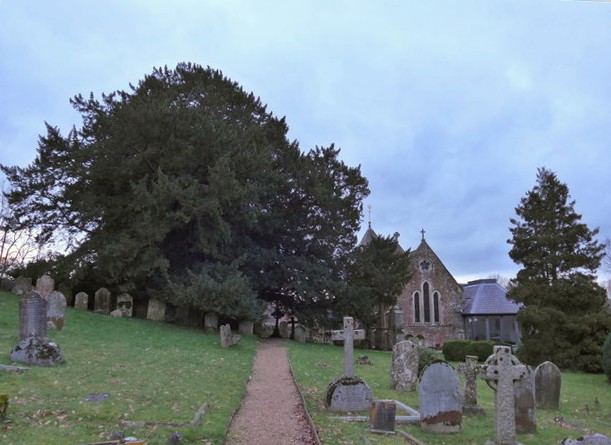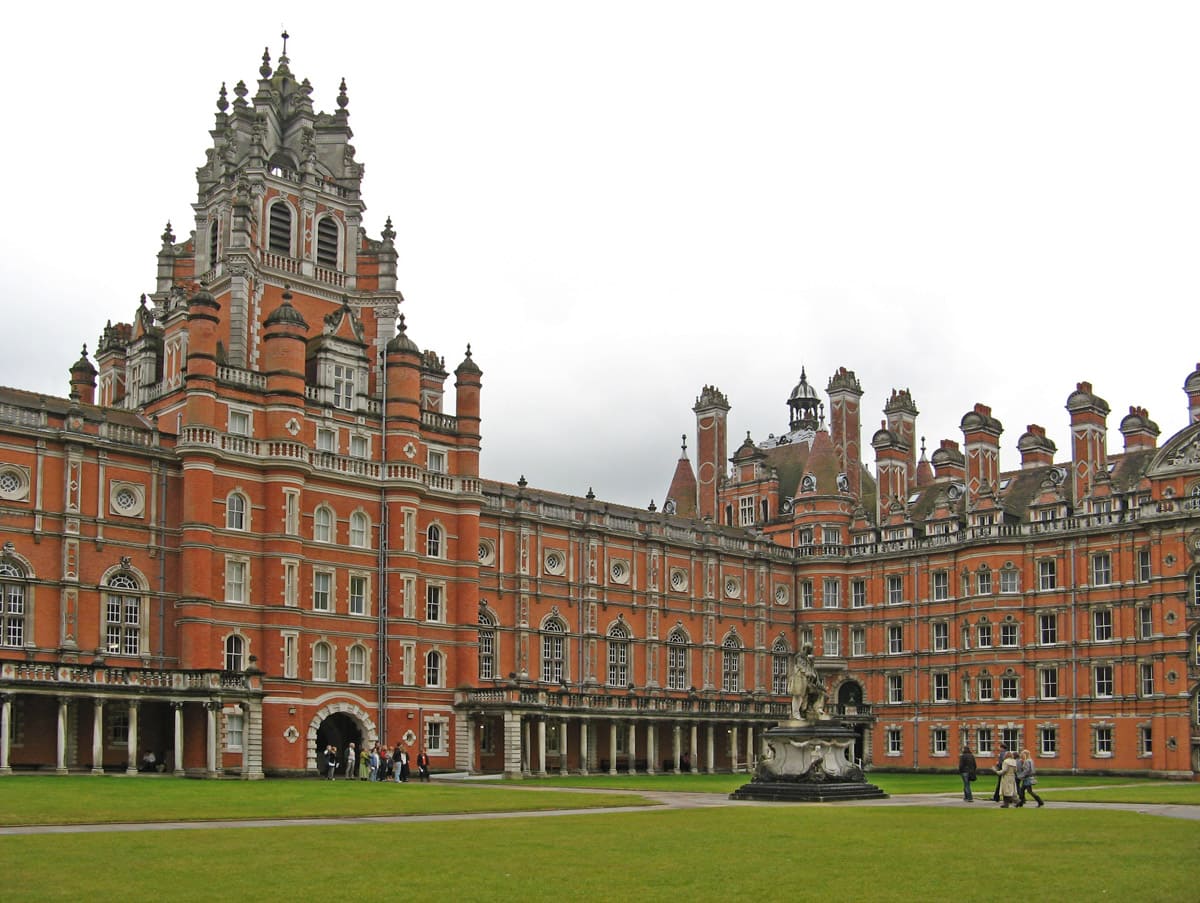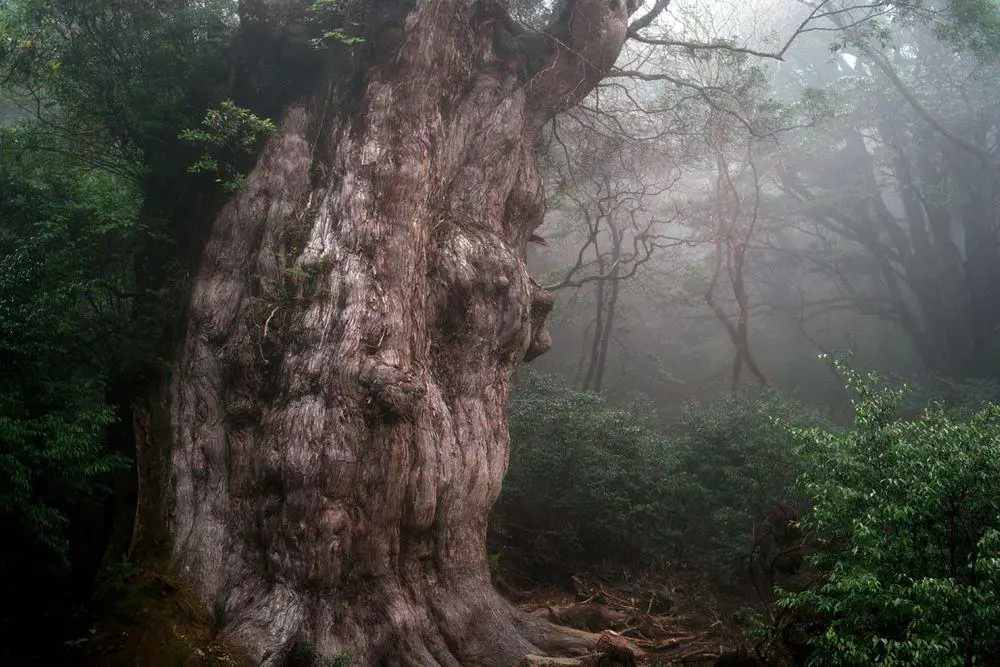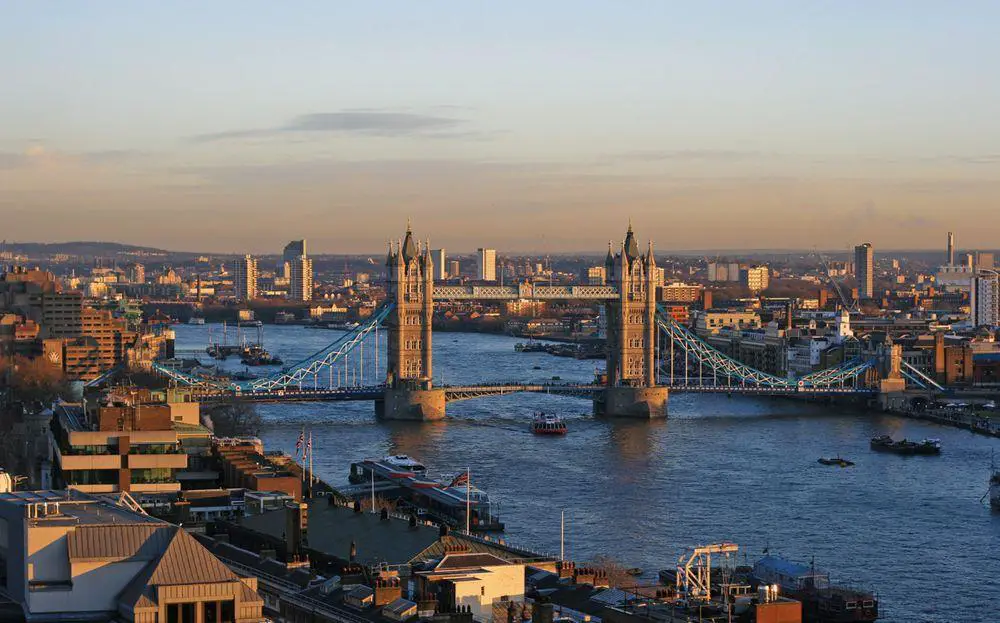World 🢖 Europe 🢖 United Kingdom 🢖 England 🢖 Surrey
Wonder
Hollow Hambledon Yew

 In short
In short
There are two giant, ancient yew trees in the churchyard of the Hambledon Church. Especially large is the Hollow Hambledon Yew south-east of the church.
 37.0%
37.0%
GPS coordinates
Location, address
Species
Circumference
Height
Age
Map of the site
If you see this after your page is loaded completely, leafletJS files are missing.
 In detail
In detail
The Hollow Hambledon Yew is an enormous, hollow tree. It is a male tree that seems to be in a good condition: the hollow is becoming smaller and new wood is seen in it. Nevertheless, the hollow is large enough to fit four people in it.
The girth of the tree is increasing rather fast: it has been measured since the late 19th century and measurements show that the circumference increased more than 1 meter since then.
This beautiful tree grows in the church graveyard and its crown overshadows many graves.
Most likely, the tree was large already before the first church building in the 11th century: dendrochronological research shows that it might be more than 1200 years old.
According to a local legend, if one walks around the hollow inside of it three times, he sees a witch.
The other giant yew west from the hollow tree is somewhat smaller, with a girth of 6.72 m.
References
- European Yew at the end of Church Lane, Hambledon, England, United Kingdom, Monumental Trees. Accessed on September 23, 2022
- Yew/Yews at Hambledon, Surrey England, Ancient Yew Group. Accessed on September 23, 2022
 Linked articles
Linked articles

Wonders of Surrey
The cultural and natural heritage of Surrey is very diverse. Especially rich is cultural heritage – this county has numerous valuable country houses, church buildings, and monuments of industrial architecture. Beautiful are the parks of Surrey, mysterious and surprising – the artificial caves and passages.

Trees
The category includes some of the most impressive and interesting separate trees in the world. The total number of tree species in the world still is a wild guess – maybe 10,000 and maybe 100,000 but most likely somewhere in between. Every month there are reported new tree species from the whole world, including Western Europe.

Wonders of the United Kingdom
Throughout many centuries the United Kingdom has enjoyed relative political stability and wealth. As a result, humans have created here countless amazing and well-preserved values of art and history.
 Recommended books
Recommended books
The Yew-Trees of Great Britain and Ireland
With its bright red, poisonous berries to its dark evergreen foliage, the yew tree is a familiar sight in ancient churchyards, as well as the carefully manicured and sculpted grounds of stately homes. Beyond its striking appearance and amazing longevity, the humble yew has played a surprisingly important part in European history throughout the ages: A sacred tree to the pagan druids of old, as well as a key ingredient of medieval warfare.
The Ancient Yew: A History of Taxus baccata
The gnarled, immutable yew tree is one of the most evocative sights in the British and Irish language, an evergreen impression of immortality, the tree that provides a living botanical link between our own landscapes and those of the distant past. This book tells the extraordinary story of the yew’s role in the landscape through the millennia, and makes a convincing case for the origins of many of the oldest trees, as markers of the holy places founded by Celtic saints in the early medieval ‘Dark Ages’.


